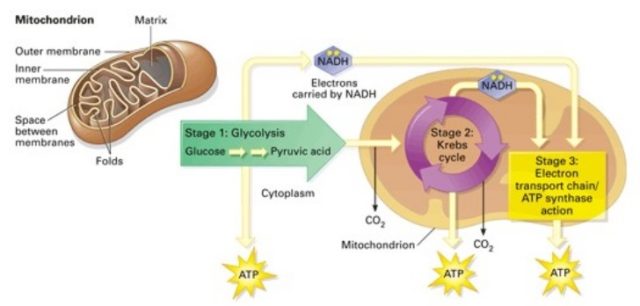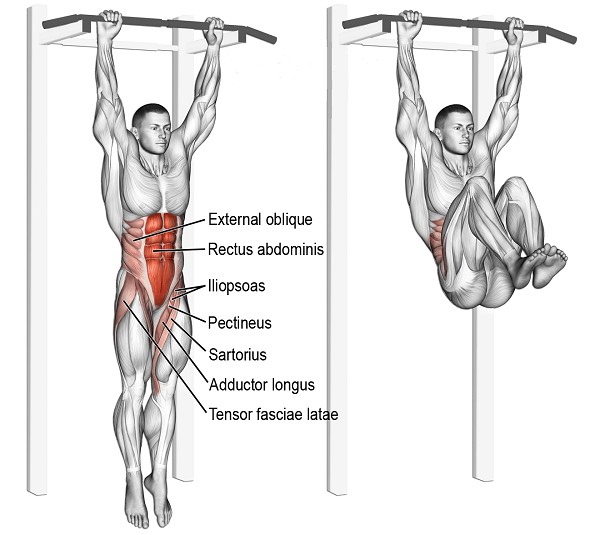“Why Would You Even Consider Using Baking Soda Before Your Next Gruelling Workout?”
Does baking soda help delay muscle fatigue and improves performance?
Some days you aren’t feeling like you are up for the challenge in front of you.
You’re tired and sore, exhausted, beaten down, and all done.
The challenge and battle for freedom is just not in you…
You feel like it’s time to move on.
And try something else.
Admit defeat and back down.
But that’s just your fear of failure talking.
In truth, you’re much more powerful than you think you are…
Want an effective, fun, inexpensive way to get better results?
Want to increase the amount of time to exhaustion…
Increase power and strength output…
How about increasing endurance during your body weight workouts.
Dear Happy User Of Baking Soda…
Simply use 3 teaspoons of baking soda
Add to 4 to 8 ounces of water and presto.
Take it 30 minutes prior to your workout.
You see, good ole’ baking soda works like magic.
Yes! It is a lactic acid buffer in the body.
Part of circulatory system used for transport of oxygen and carbon dioxide from the body.
You may already know of Beta Alanine which is in many supplements.
Does Beta Alanine buffer lactic acid as well?
However, only works in muscle tissue.
Beta-alanine is known as 3-aminopropanoic acid.
Non-essential amino acids can be made by your body.
That means they don’t have to be provided by food.
Beta-alanine is used to improve athletic performance and exercise capacity.
And building lean muscle mass whilst improving physical performance.
How does beta-alanine work?
Most of Beta-alanine works on boosting synthesis of an intramuscular dipeptide.
There are two amino acids called carnosine.
To function effectively…
Muscle cells rely on powerful intracellular buffer carnosine to avoid becoming acidic (low pH) during exercise.
On the other hand, baking soda works throughout your entire body…
How much does baking soda cost compared to supplements?
It’s pretty darn inexpensive right?
In fact, I’ve been using baking soda for decades as performance enhancer.
There are reports of 12% to 28% increases in muscular endurance as a result.
And delayed onset of fatigue.
Also increases cerebral blood flow…
Cerebral blood flow (CBF) is blood supply to brain in a given period of time.
In an adult, CBF is typically 750 millilitres per minute.
That’s about 15% of cardiac output.
This is 50 to 54 millilitres of blood per 100 grams of brain tissue per minute.
Bear in mind effects change when dose is changed…
So the effects are dose-dependent.
Still the benefits of baking soda are truly amazing.
And it don’t stop there…
Ever heard of cellular respiration, it is energy for life…

Baking soda has shown to increase mitochondrial respiration.
Mitochondrial respiration is electron transport chain which is final step in cellular respiration.
It uses electron carrier molecules NADH and FADH2 created during the Krebs cycle.
This process occurs along inner membrane of your mitochondria…
This is good news especially during longer sessions of exercise.
It might be a result because of increases in mitochondrial builder protein PGC-1a.
Simply add 3 teaspoons of baking soda to 4 to 6 ounces of water 30 minutes before exercise…

You might want to test 2 teaspoons of lemon juice with apple cider vinegar for more benefits.
Got any peak performance strategies of your own?
Baking soda can safely be used as part of longer term peak performance strategy to conquer your workouts.
If you’re involved in vigorous exercise…
Try using baking soda to help delay muscle fatigue and improve performance.
Baking Soda





























